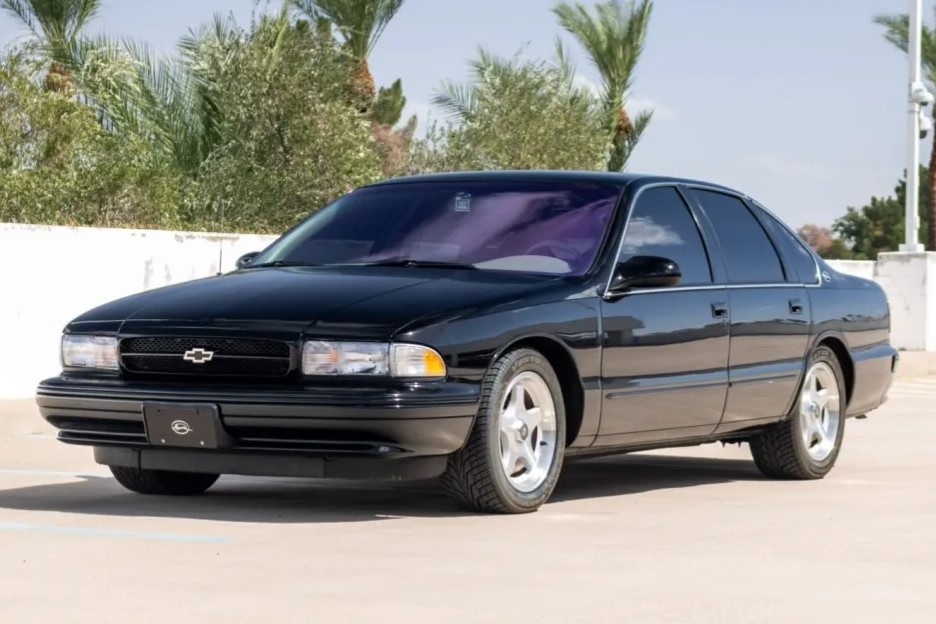The year 1979 marked a pivotal moment in the history of American automobiles, and one vehicle that epitomized the era was the 1979 Ford Thunderbird. This luxurious, full-sized coupe captured the essence of the late 1970s with its distinctive design, advanced features, and powerful engine options. In this article, we'll take a nostalgic journey back to the late '70s and explore the unique characteristics, cultural impact, and enduring legacy of the 1979 Thunderbird.
A Brief History of the Ford Thunderbird
The Thunderbird was initially conceived as a response to the Chevrolet Corvette, which had been released two years earlier. Ford aimed to create a two-seat convertible sports car that could compete with the Corvette in terms of style and performance. Over the years, the Thunderbird evolved into a larger, more luxurious vehicle, boasting various body styles, engine options, and features.
The 1979 Ford Thunderbird marked the beginning of the car's seventh generation, which spanned from 1977 to 1979. This generation saw a significant shift in the Thunderbird's design, moving away from the larger, more extravagant styling of the previous generation, and embracing a more streamlined, fuel-efficient approach.
The Design of the 1979 Ford Thunderbird
The 1979 Thunderbird was designed using Ford's Fox platform, which had been introduced in 1978 and would go on to underpin many Ford and Lincoln vehicles throughout the 1980s and 1990s. This new platform allowed for a more lightweight and fuel-efficient vehicle, while still maintaining the Thunderbird's signature luxury and style.
In terms of exterior design, the 1979 Thunderbird featured a more angular, sleek look, with a squared-off front end, rectangular headlights, and a distinctive wraparound rear window. The car's overall length was reduced by almost 8 inches compared to the previous generation, resulting in a much more manageable and maneuverable vehicle.
Inside, the 1979 Thunderbird offered a comfortable and luxurious cabin, with ample seating for up to six passengers. High-quality materials, such as plush velour, vinyl, and leather, were used throughout the interior. The car also boasted a wide array of standard and optional features, including power windows, power door locks, air conditioning, and even an 8-track tape player.
Engine and Performance
The base engine for the 1979 Ford Thunderbird was a 4.9-liter (302 cubic inch) V8, which produced 130 horsepower and 230 lb-ft of torque. This engine provided adequate power for everyday driving, but could also be upgraded to a more potent 5.8-liter (351 cubic inch) V8, which offered 155 horsepower and 275 lb-ft of torque.
Both engines were paired with a three-speed automatic transmission, which provided smooth and effortless gear changes. Despite the car's focus on fuel efficiency, the 1979 Thunderbird still offered a satisfying driving experience, with plenty of power for highway cruising and spirited driving.
The Racing Heritage of the 1979 Ford Thunderbird
While the Thunderbird may be best known for its stylish design and luxurious features, the 1979 model did have an impact on the world of motorsports, particularly in NASCAR. In this article, we'll explore the racing heritage of the 1979 Ford Thunderbird and its achievements on the track.
The 1979 Ford Thunderbird was part of the seventh generation of Thunderbirds, which were manufactured from 1977 to 1979. This generation featured a more streamlined and aerodynamic design, making it a suitable choice for NASCAR in an era when aerodynamics were becoming increasingly important for achieving top speeds on the track.
The 1979 Ford Thunderbird found success in NASCAR with a few notable achievements during the season. One particularly significant accomplishment was the victory of Neil Bonnett in the 1979 Talladega 500. Driving a Thunderbird for the Wood Brothers Racing team, Bonnett managed to secure the win in a closely contested race.
Another notable performance came from Buddy Baker in the 1979 Daytona 500. Though he didn't win the race, Baker set a new speed record for the event, averaging 177.602 mph in his #28 Ford Thunderbird. This record stood for several years, showcasing the speed and performance capabilities of the 1979 Thunderbird on the track.
The Legacy of the 1979 Ford Thunderbird
The 1979 Ford Thunderbird holds a special place in the hearts of many classic car enthusiasts. Its unique combination of style, luxury, and performance, along with its status as the final model year of the seventh-generation Thunderbird, make it highly sought after by collectors.
While the 1979 Thunderbird may not be as rare or valuable as some of the earlier models, it still commands a respectable price in the classic car market. Well-maintained examples can fetch anywhere from $5,000 to $15,000, depending on factors such as mileage, condition, and originality.
In recent years, there has been a renewed interest in the 1979 Thunderbird, with many owners and enthusiasts seeking to preserve and restore these vehicles to their former glory. Online forums, social media groups, and car clubs dedicated to the seventh-generation Thunderbird have sprung up, providing a wealth of information and resources for those looking to learn more about this classic American icon.
Conclusion
The 1979 Ford Thunderbird is a testament to the enduring appeal of American luxury and style. With its distinctive design, comfortable and well-appointed interior, and satisfying performance, it's no wonder that this classic car continues to be sought after by enthusiasts and collectors alike.
Whether you're a long-time Thunderbird fan or just discovering the charm of this iconic vehicle, the 1979 Ford Thunderbird offers a unique and rewarding ownership experience. Its combination of history, design, and performance make it a standout choice for those looking to delve into the world of classic American automobiles.

